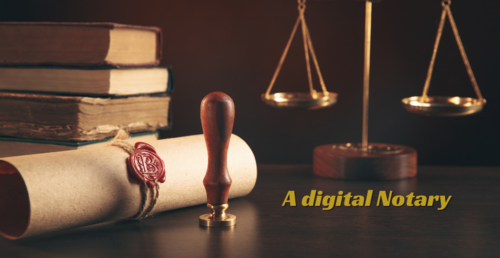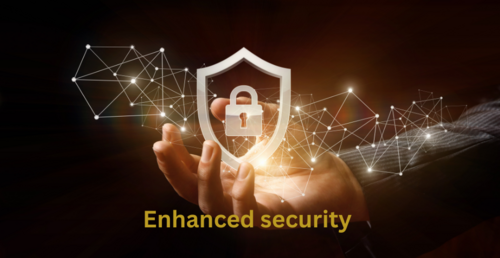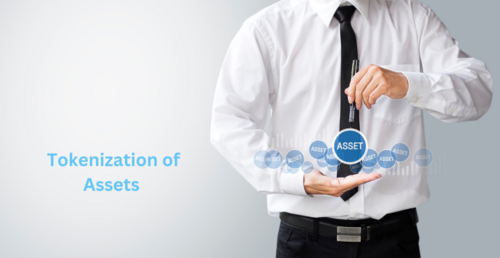
What is a Blockchain?

A blockchain is a record-keeping system that’s transparent, secure and decentralised. It’s the underlying framework on which the majority of cryptocurrencies exist.
Imagine a blockchain as a chain of digital pages, each containing a list of transactions. These are bound together, forming a digital ledger. They’re literally a continuous “chain” of blocks containing transactional data.
What makes blockchains special is that it’s not controlled by a single entity like a bank or government; instead, it’s distributed across a vast network of computers. This decentralisation ensures that no single party can manipulate the data, making it resistant to fraud and tampering.

Think of a blockchain as a digital notary. In real life, when you want to notarise a document, you go to a lawyer, a notary, who verifies your identity, witnesses your signature, and stamps the document to prove its authenticity. Now, imagine this process happening digitally and across a vast network of computers. When a transaction occurs in a blockchain, it’s like getting a digital notary’s seal of approval. Everyone on the network sees and agrees on this approval, making the transaction trustworthy and permanent. It’s like having thousands of notaries watching over every transaction.

When you make a cryptocurrency transaction, it’s bundled with others into a block. This block is then verified by a network of computers (nodes) through a process known as “consensus.” The process by which Bitcoin reaches consensus is called proof-of-work (POW), for example.
Once verified, the block is added to the chain in a chronological order, creating a secure record. Each block also contains a unique code (hash) of the previous block, ensuring the integrity of the entire chain. This way, if someone tries to tamper with one block, they’d have to change every subsequent block on the chain, an almost impossible feat.

Many experts say that blockchain’s potential in the financial industry is enormous. It promises transparency, efficiency, and security, potentially reshaping how we handle transactions, investments, and financial data.
Blockchain can expedite cross-border payments, reducing the time and cost involved in international transactions. Traditional banking systems often involve multiple intermediaries, leading to delays and fees. Blockchain can streamline this process by enabling direct peer-to-peer transactions.

The immutability and encryption of blockchain make it highly secure. It can protect against fraud, hacking, and unauthorised access. With property ownership, for example. records of property deeds can be stored on a blockchain, they become immutable. Once a property transaction is recorded, it’s time-stamped and cryptographically sealed on a blockchain.

Blockchain enables the creation of digital tokens representing real-world assets like real estate, art or gold. Arguably, this makes it easier to buy, sell, and trade assets, opening up investment opportunities to a broader range of individuals.
Blockchain is the cornerstone of cryptocurrencies, offering a secure and transparent way to record transactions. As it continues to evolve, its potential goes beyond digital currencies, impacting various sectors, with the financial industry at the forefront of this revolution.
NB >>To invest in crypto, HERE
NB >> Join Markethive - a Huge Community of Crypto Entrepreneurs (The First Market Network Built on Blockchain) click HERE
.png)
About: Andries vanTonder
Over 40 years selfemployed
He is a Serial Entrepreneur, an Enthusiastic supporter of Blockchain Technology and a Cryptocurrency Investor
Find me at my Markethive Profile Page | My Twitter Account | My Instagram Acount | and my Facebook Profile.
